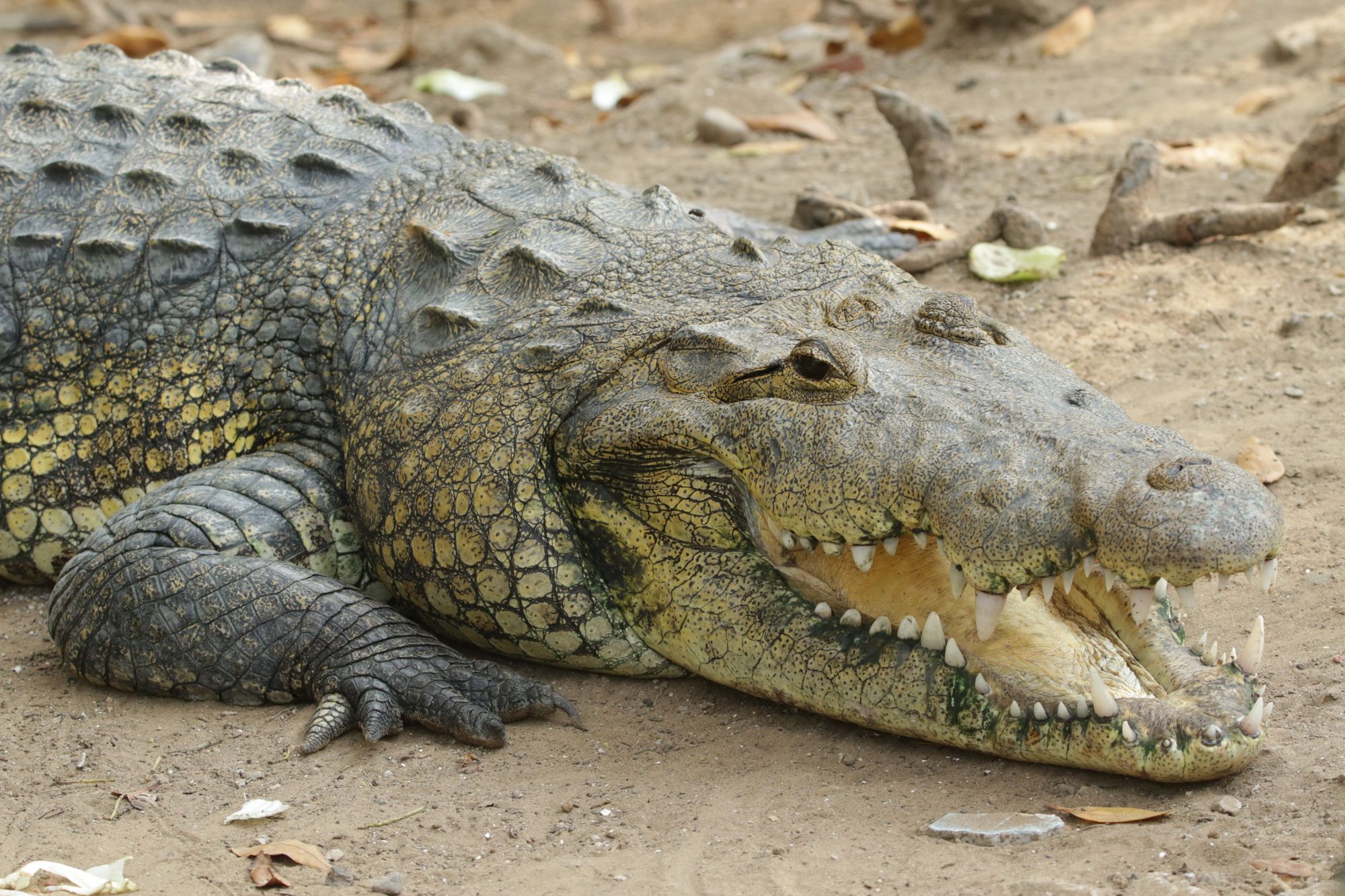Morelet's Crocodile, Crocodylus moreletii


Distribution (see below for detailed information)
Belize, Guatemala, Mexico
Red List Status
Least Concern (LC)
Size
2.5-3.5 meters; possibly 4 meters (maximum)
Threats
Habitat destruction, human-crocodile conflict (in Tamaulipas), poaching.
Notes on Human-Crocodile Conflict
The Morelet's crocodile is responsible for the third most attacks on humans and fourth most deaths in the New World, behind the American crocodile (C. acutus), American alligator (Alligator mississippiensis), and black caiman (Melanosuchus niger) (for deaths). Since 2014 at least 112 people were attacked by Morelet's crocodiles, resulting in 13 deaths for an average of around one human death annually.
Detailed Distribution
Belize
Far more numerous in Belize than the American crocodile, though hybridization with that species is widespread, particularly in coastal areas. The species is found in most areas of suitable habitat. Some important locations include the New River and New River Lagoon, Crooked Tree Wildlife Sanctuary, Chirquibul National Park, Payne's Creek National Park, and more. Over the past decade 11 attacks have been reported, resulting in only one death.
Guatemala
Found in freshwater habitat in the northern and eastern portions of the country. Locations include Lago Peten Itza, Laguna del Tigre, Rio Usumacinta, Rio De La Pasion, Rio Chixoy, and many more. Since 2014 there have been reports of 13 attacks on humans resulting in only one death, which occurred in Rio San Pedro in El Naranjo.
Mexico
Found along virtually the entire Gulf of Mexico from southern Laguna Madre in Tamaulipas to Campeche and suitable habitat throughout the Yucatan Peninsula in Quintana Roo and Yucatan states. Inland populations are also found in landlocked San Luis Potosi, very limited portions of Hidalgo, and northern Chiapas. Hybridization with the American crocodile occurs along the eastern and northeastern coasts of the Yucatan Peninsula. Some of the many population localities include Sian Ka'an Biosphere Reserve, Pantanos de Centla Biosphere Reserve, Laguna Chichancanab, Ria Celestun, Cienaga Las Cabezas, and Vicente Guerrero Dam. Like the American crocodile, Mexico experiences the highest numbers of attacks on humans, with 88 incidents reported over the past decade, ten of them resulting in death. The range-wide hotspot for attacks is Laguna Carpintero in Tampico, Tamaulipas.
